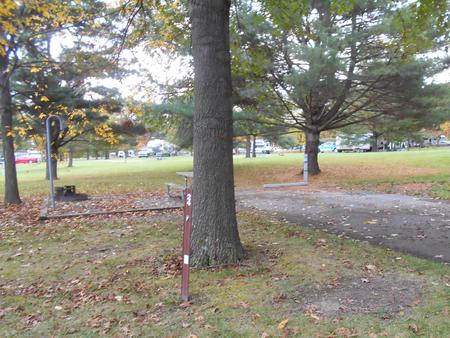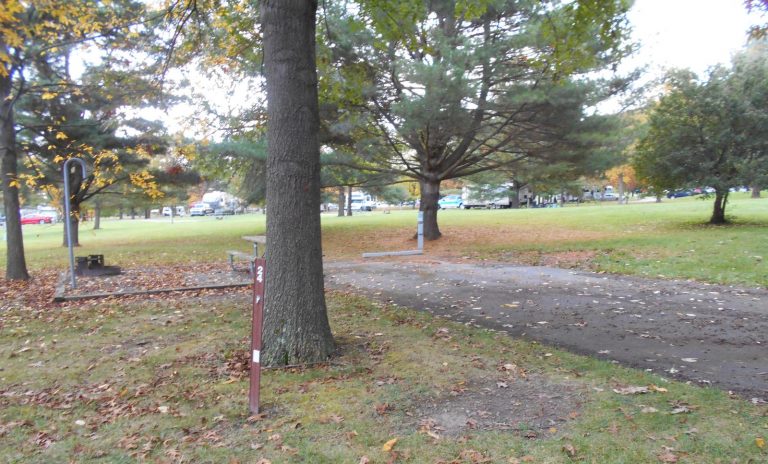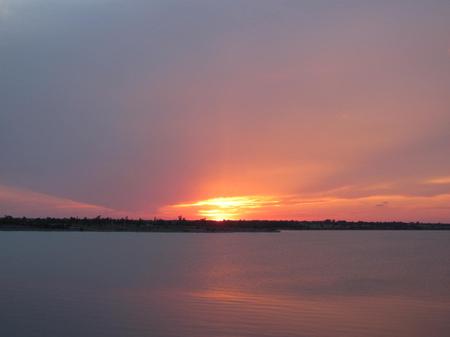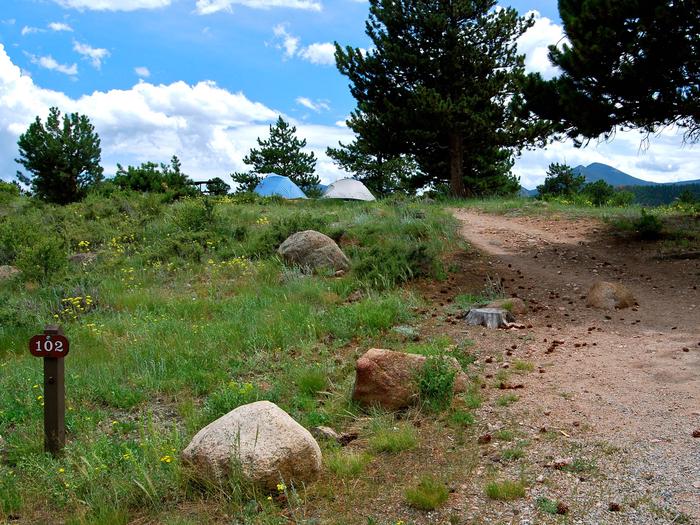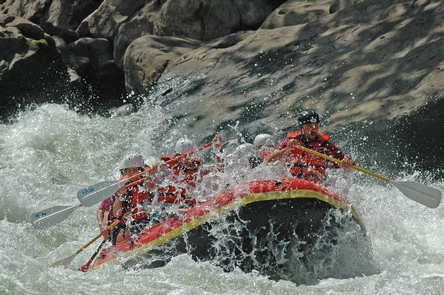Directions
Fort Pearce Historic Site-From North on I-15, take exit 8 to St. George Blvd. Travel .2 miles and turn right on river rd. Travel 1.8 miles and turn left on 1450 South. Travel 2 miles and turn left on 1580 South. Travel 1.5 miles and turn right on Washington fields Rd. Travel 2 miles and turn left (sign here). Travel 5.5 miles and turn left (sign here). Travel .5 miles to site parking area. From South on I-15 take exit 8 to St. George Blvd. Turn right on St. George Blvd. Travel .1 miles and turn right on River Road. See instructions above from river road.
Phone
435-688-3200
Activities
WILDLIFE VIEWING, PHOTOGRAPHY
Camping Reservations
Reserve your campsite at these camping areas:
Hiking Trails
Looking for nice hiking areas to take a hike? Choose from these scenic hiking trails:
Related Link(s)
The public is invited to visit the interpreted Fort Pearce Historic Site, listed on both the National Register of Historic Places and the State of Utah Register of Historic Places. Located approximately 12 miles south of St. George, Utah, the historic site is generally accessible year-round, via the unpaved Warner Valley Road. Other heritage points of interest on public lands are nearby, including the Honeymoon Trail and the interpreted Warner Valley Dinosaur Track Site. The small structure at the Fort Pearce Historic Site is one of only three remaining stone guard posts built during Utah™s Black Hawk War. This war was actually period of intermittent raiding between 1865 and 1870, during which the Ute Tribe, led by Chief Black Hawk (Antonga), and other Native Americans allies attempted to drive the Mormons from the Ute traditional homelands. Mounted Ute raiding parties, often joined by Navajos, stole Mormon livestock, attacked outlying ranches and settlements, and killed settlers who interfered with the raids. More than 100 Native Americans and at least 70 Mormons were killed during the raiding. To protect their herds and homes, local Mormon militia constructed a series of protected guard or sentry posts, called ˜forts™, along major trails and travel corridors in central and southern Utah. Four to six armed men with horses were stationed at each post, to attack and delay the Indian raiding parties, while a rider raced to the nearest settlements with a warning. Horses were stabled at night in the guard posts, to ensure that the early warning ride could be made without delay. Fort Pearce Wash was one of the primary routes along which Ute-Navajo horsemen traveled to raid the livestock herds and settlements of the St. George Basin. A site was selected in the spring of 1866, on a high bluff overlooking a narrow, steep-sided canyon, just above the only natural spring for miles, for a guard post along Fort Pearce Wash. A small number of armed men could easily defend this location and water from the spring would support the defenders and their stock. A work party of 20 men began construction on that guard post on December 4, 1866, working for nearly a month to quarry enough local sandstone to construct the dry-laid or mud-mortared defensive structure and a stock corral; the post and the drainage were named in honor of Major John D.L. Pearce of the Iron County Militia. The dimensions of the roofless guard post were approximately 42 feet north-south by 22 east-west, with 7 to 8 foot high walls and one exterior doorway. The interior of the structure was divided by a partition wall into two rooms. Small protruding rectangular abutments were added off the northwest and southeast corners as flanking walls and 10 vertical firing slits or gun ports were constructed near the tops of the walls. No armed conflicts are known to have taken place at Fort Pearce, but the guard post was manned, at least intermittently, from 1866 until 1873, when peace negotiations and U.S. Army actions ended the raiding that was known in Utah as the Black Hawk War.

